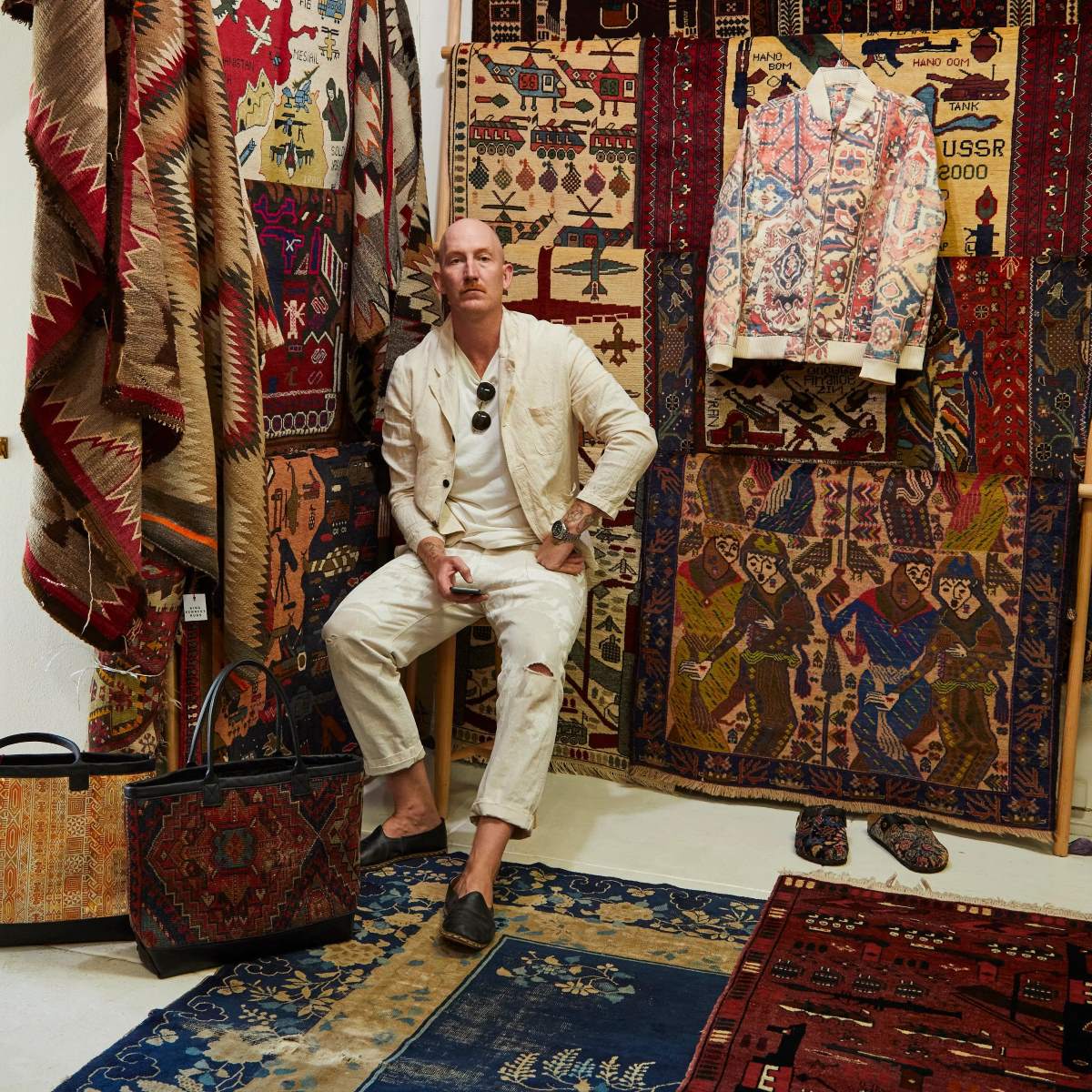

Articles
How Expensive Are Persian Rugs
Modified: January 19, 2024
Discover the true cost of Persian rugs in this informative article. We explore the factors that contribute to their price and offer tips for finding affordable options.
(Many of the links in this article redirect to a specific reviewed product. Your purchase of these products through affiliate links helps to generate commission for Storables.com, at no extra cost. Learn more)
Introduction
Persian rugs are renowned worldwide for their exquisite craftsmanship, intricate designs, and timeless beauty. These luxurious floor coverings have adorned the homes of royalty and the elite for centuries, symbolizing opulence, cultural heritage, and artistic prowess. Their allure and unparalleled quality have made them highly sought after by collectors, interior designers, and rug enthusiasts alike.
In this article, we will explore the fascinating world of Persian rugs, delving into their rich history, the artistry behind their creation, the factors that affect their prices, the types of materials used, the various types available, their authenticity and rarity, as well as how to evaluate their value.
Whether you’re a rug connoisseur or simply curious about the allure of these magnificent floor coverings, join us on a journey through time and craftsmanship as we uncover the secrets and wonders of Persian rugs.
Key Takeaways:
- Persian rugs are a timeless investment, valued for their authenticity, rarity, and cultural significance. Understanding the factors affecting their pricing and evaluating their worth is essential for collectors and enthusiasts.
- Proper maintenance and care are crucial for preserving the beauty and longevity of Persian rugs. From regular vacuuming to professional cleaning, these exquisite masterpieces require attention to detail and a commitment to their upkeep.
Read more: How To Value Persian Rugs
History of Persian Rugs
Persian rugs have a rich and storied history that dates back over 2,500 years. The art of rug making in Persia, now modern-day Iran, began during the Achaemenid Empire around 550 BCE. Throughout the centuries, Persian rug weaving techniques and designs evolved, influenced by various dynasties, cultures, and artistic movements.
During the Safavid dynasty (1501-1736), Persian rug weaving reached its pinnacle. The Safavid rulers had a deep appreciation for the arts and crafts, and they invested heavily in the rug industry. The court workshops in cities such as Isfahan and Kashan produced some of the most exquisite and intricate rugs ever created.
The Persian rug industry experienced a decline during the Qajar dynasty (1789-1925) due to political instability and foreign interventions. However, it made a comeback in the early 20th century when Western demand for Persian rugs surged. European collectors and designers were captivated by the unique designs, vibrant colors, and superb craftsmanship of these masterpieces.
Today, Persian rugs continue to be woven by highly skilled artisans in various regions of Iran, each with its own distinct style and weaving traditions. These rugs are not only cherished for their beauty but also revered as a cultural heritage of Iran.
The history of Persian rugs is not just a story of weaving techniques and designs; it is intertwined with Persian culture, tradition, and the artistic expression of a nation. Each Persian rug tells a tale, reflecting the history, folklore, and the artistic sensibilities of its weaver.
The Art of Persian Rug Making
The creation of a Persian rug is a meticulous process that requires immense skill, patience, and attention to detail. It is an art form that has been passed down through generations, with each weaver adding their unique touch to the masterpiece.
The journey of a Persian rug begins with the selection of high-quality materials. The foundation of the rug is made from cotton or silk, which form the warp and weft threads. The pile, the visible part of the rug, is usually made from wool, although silk is occasionally used for more luxurious rugs.
The next step in the rug making process is the design. Persian rugs are known for their intricate and intricate designs, which often feature floral motifs, geometric patterns, and intricate medallions. These designs are traditionally passed down orally or through pattern books, and each weaver adds their own interpretations and variations.
Once the design is finalized, the weaving process begins. Persian rugs are typically woven using a technique known as the “double-knot” or “Turkish knot,” where each knot is tied around two warp threads. This technique provides durability and allows for intricate patterns and designs.
The weaver meticulously ties thousands of knots, row by row, following the design chart or relying on their memory and expertise. The density of the knots determines the quality and value of the rug, with finer rugs having a higher knot count per square inch.
After the weaving is complete, the rug goes through a process known as “finishing.” This includes the cutting of excess threads, washing, and stretching the rug to ensure it lies flat and has an even shape. The finishing process also enhances the colors, softens the pile, and adds luster to the rug’s surface.
The process of creating a Persian rug can take several months to years, depending on the size, complexity, and intricacy of the design. It is a labor-intensive art form that requires not only technical skill but also a deep connection to the rug-making tradition.
The art of Persian rug making is more than just a skill; it is a cultural heritage that has been passed down through generations. It is a celebration of craftsmanship, creativity, and the timeless beauty that has captivated people for centuries.
Factors Affecting Persian Rug Prices
The price of a Persian rug can vary significantly based on a variety of factors. Understanding these factors is essential for evaluating the value and determining the worth of a rug. Here are some key elements that influence Persian rug prices:
- Size: The size of the rug plays a significant role in determining its price. Generally, larger rugs tend to be more expensive as they require more materials and take longer to weave.
- Material: The material used in the rug can greatly impact its price. Rugs made from high-quality, natural materials such as silk or fine wool are usually more valuable. The type of wool used can also affect the price, with rugs made from the wool of certain sheep breeds being highly sought after.
- Design and Complexity: The intricacy and complexity of the rug’s design can influence its price. Rugs with elaborate patterns, detailed motifs, and unique designs tend to be more valuable and command a higher price.
- Age and Condition: Antique and vintage Persian rugs, especially those in good condition, are often more valuable due to their rarity and historical significance. The age of the rug, along with its condition, can greatly impact its price.
- Origin and Provenance: The region from which a Persian rug originates can affect its value. Certain regions, such as Tabriz, Isfahan, and Kashan, are known for producing high-quality rugs that are highly sought after by collectors. Additionally, rugs with documented provenance, tracing their history and ownership, tend to be more valuable.
- Knot Density: The density of knots in a rug, measured by the number of knots per square inch, is an important factor. Higher knot density often indicates superior craftsmanship and can contribute to a higher price.
- Artisan and Brand: The reputation and skill of the weaver or workshop can impact the price of a Persian rug. Rugs woven by renowned master weavers or well-known brands may command a premium price due to their craftsmanship and reputation.
- Market Demand: The current market demand for Persian rugs can affect their prices. Trends, preferences, and shifts in buyer demand can influence the value of rugs, with certain styles or designs being more sought after than others in any given period.
It is important to consider these factors and seek expert guidance when evaluating a Persian rug’s price. Ultimately, the value of a Persian rug goes beyond its monetary worth, as it represents centuries of history, craftsmanship, and cultural heritage.
Materials Used in Persian Rugs
Persian rugs are renowned for their exceptional quality and luxurious feel, thanks in part to the materials used in their construction. The choice of materials greatly influences the durability, texture, and overall aesthetic appeal of these beautiful rugs.
Wool: Wool is the most common material used in Persian rug making. It is prized for its resilience, natural luster, and ability to hold dyes. The quality of the wool can vary, with the finest Persian rugs often using hand-spun, high-grade wool sourced from specific sheep breeds, such as the Kork and Manchester. Wool rugs are known for their softness and warmth, making them a popular choice for both traditional and modern interiors.
Silk: Silk is another luxurious material used in Persian rugs, known for its fine texture and sheen. Silk rugs are often considered the epitome of luxury, with their delicate, intricate designs and smooth touch. Silk is typically used in combination with wool to create high-end rugs, adding a touch of elegance and enhancing the intricacy of the design.
Cotton: Cotton is used as the foundation material for most Persian rugs. It forms the warp and weft threads, providing strength and stability to the rug’s structure. Cotton is chosen for its durability and ability to hold the knots in place. The quality of the cotton used can vary, with higher-grade cotton resulting in a stronger and more resilient rug.
Natural Dyes: Persian rugs are traditionally dyed using natural, plant-based dyes. These organic dyes produce rich, vibrant colors that mellow and develop a beautiful patina over time. Natural dyes are highly prized for their depth and character, adding to the overall allure and value of Persian rugs.
Synthetic Dyes: In more recent years, synthetic dyes have also been used in Persian rug production. While they can provide an extensive range of colors and offer more colorfastness, experienced collectors and rug enthusiasts often prefer naturally dyed rugs for their authenticity and organic appeal.
The choice of materials in Persian rug making is a testament to the craftsmanship and dedication of the weavers. Whether it’s the lustrous wool, the delicate silk, or the sturdy cotton foundation, these materials come together to create a rug of exceptional beauty and lasting value.
When shopping for Persian rugs, consider factors such as the size, material, knot count, and design complexity to determine the price. Handmade rugs are typically more expensive than machine-made ones.
Read more: How To Store A Persian Rug
Types of Persian Rugs
Persian rugs encompass a wide range of styles and designs, each originating from different regions of Iran. These rugs are renowned for their distinct characteristics and unique weaving techniques. Here are some of the most popular types of Persian rugs:
- Tabriz Rugs: Tabriz rugs are considered to be among the finest Persian rugs. They originate from the city of Tabriz, known for its rich history of rug making. Tabriz rugs are characterized by intricate floral and pictorial designs, often featuring medallions and elaborate borders. They are woven using high-quality wool or silk and are renowned for their superb craftsmanship and attention to detail.
- Isfahan Rugs: Isfahan rugs, from the city of Isfahan, are highly regarded for their elegance and refinement. They are known for their harmonious designs, which often incorporate intricate floral motifs, central medallions, and delicate arabesque patterns. Isfahan rugs are meticulously woven using fine silk or wool, resulting in a rug of exceptional quality and beauty.
- Kashan Rugs: Kashan rugs are woven in the city of Kashan, which has a long-standing history of rug production. These rugs are known for their intricate floral designs, featuring a central medallion or a garden motif surrounded by ornate borders. Kashan rugs are typically woven with high-quality wool on a cotton foundation, and they are lauded for their exceptional craftsmanship and durability.
- Heriz Rugs: Heriz rugs, originating from the city of Heriz in northwest Iran, are known for their bold geometric designs and vibrant color palettes. These rugs often feature a large central medallion surrounded by geometric patterns and motifs. Heriz rugs are woven with durable wool and are highly sought after for their robust construction and distinctive aesthetic.
- Qashqai Rugs: Qashqai rugs are crafted by the nomadic Qashqai tribes of southern Iran. These rugs exhibit a rustic charm, with their bold geometric patterns, tribal motifs, and warm earthy colors. Qashqai rugs are hand-woven using high-quality wool and represent the rich cultural heritage and nomadic traditions of the Qashqai people.
- Bakhtiari Rugs: Bakhtiari rugs originate in the Bakhtiari region of southwest Iran. These rugs are known for their intricate floral and garden designs, often featuring vibrant reds, blues, and yellows. Bakhtiari rugs are woven with high-quality wool and are cherished for their durability and timeless appeal.
These are just a few examples of the diverse range of Persian rugs available. Each type exhibits its own unique style, weaving technique, and regional influence. Whether you’re drawn to the refined elegance of Tabriz rugs, the intricate beauty of Isfahan rugs, or the bold charm of Qashqai rugs, Persian rugs offer a wide array of options to suit different tastes and preferences.
Authenticity and Rarity of Persian Rugs
Persian rugs are highly coveted for their authenticity and rarity. These handmade masterpieces, woven with centuries-old techniques, hold a special place in the world of art and craftsmanship. Here are some key factors that contribute to the authenticity and rarity of Persian rugs:
Handmade Craftsmanship: Persian rugs are meticulously hand-woven by skilled artisans. Each knot is tied by hand, resulting in a rug that bears the unique mark of its weaver. The craftsmanship and attention to detail in these rugs are unmatched, making them valuable and sought after by collectors.
Traditional Techniques: Persian rug making relies on traditional techniques and knowledge that have been passed down through generations. These techniques, such as the double-knot or Turkish knot method, add to the authenticity and cultural significance of the rugs. The preservation of these traditional techniques contributes to the rarity of Persian rugs.
Historical Significance: Persian rugs carry a rich historical significance, often reflecting the artistic and cultural heritage of Iran. Antique and vintage Persian rugs are especially prized for their historical value. They provide a window into the past, showcasing the weaving traditions and design aesthetics of bygone eras.
Regional Influence: The specific region in Iran where a Persian rug is woven can greatly impact its authenticity and rarity. Different regions have their own distinct weaving styles, motifs, and traditions, resulting in a diverse range of Persian rug types. Collectors often seek out rugs from specific regions known for their quality and craftsmanship, adding to the rarity of these regional styles.
Limited Production: Persian rugs are not mass-produced; each rug is a labor-intensive work of art that takes months or even years to complete. The limited production and the fact that each rug is made by hand contribute to their rarity. Each rug is unique, reflecting the individuality and artistry of the weaver.
Documentation and Provenance: An important aspect of the authenticity of Persian rugs is the documentation and provenance. Rugs with verified origins, historical records, or documented ownership history are highly prized by collectors. The presence of such documentation further enhances the authenticity, rarity, and value of the rug.
When it comes to purchasing a Persian rug, it is important to buy from reputable sources to ensure authenticity. Reputable rug dealers often provide certificates of authenticity and detailed information about the rug’s origin, materials, and craftsmanship. This helps buyers make an informed decision and ensures that they are investing in a genuine Persian rug.
Authentic Persian rugs are not just decorative floor coverings; they are investments that carry the weight of history, culture, and artistry. Their rarity and authenticity make them highly sought after, treasured by collectors and enthusiasts around the world.
Pricing and Value Evaluation of Persian Rugs
When it comes to pricing and evaluating the value of Persian rugs, several factors come into play. Understanding these factors is crucial in determining the worth and investment potential of a rug. Here are some key considerations in pricing and evaluating the value of Persian rugs:
Condition: The condition of a Persian rug plays a significant role in its value. Rugs in excellent condition, with minimal signs of wear and no damage, generally command higher prices. Antique rugs in good condition are particularly valuable due to their rarity and historical significance.
Quality and Craftsmanship: The quality of materials, craftsmanship, and the level of detail in a rug heavily influence its value. Rugs made with fine materials like silk or high-quality wool, and intricate designs executed with precision, are generally more valuable. Superior craftsmanship, demonstrated by a high knot density and even weaving, contributes to the rug’s worth.
Rare and Unique Designs: Persian rugs with rare or unique designs are highly sought after and tend to be more valuable. These may include antique rugs with unusual motifs, highly intricate patterns, or depictions of historical scenes. Limited edition or one-of-a-kind rugs created by renowned master weavers can also command higher prices.
Size: The size of a Persian rug affects its price. Larger rugs generally require more materials and time to weave, making them more expensive. However, rare small-sized rugs or those with exceptional designs can also fetch high prices due to their uniqueness and desirability.
Provenance and Historical Significance: Persian rugs with documented provenance, tracing their origins and historical background, often have higher value and are sought after by collectors. Rugs linked to important historical periods, royal commissions, or attributed to well-known master weavers can command premium prices.
Market Demand and Trends: Supply and demand dynamics in the rug market can influence prices. Shifts in buyer preferences, emerging design trends, or increased demand for specific regional styles can affect the value of Persian rugs. It is essential to stay informed about market trends and seek expert opinion when evaluating a rug’s value.
Auction Records and Appraisals: Historical auction records can provide insights into the value of similar rugs. Rug appraisals by experts can also help determine a rug’s value based on its unique characteristics, condition, and market factors. Seeking professional appraisals or consulting reputable rug dealers can assist in assessing a Persian rug’s value.
Pricing and evaluating the value of Persian rugs involve a combination of factors, including condition, quality, design, size, historical significance, and market trends. While monetary value is an important consideration, it is equally crucial to appreciate the cultural and artistic value that Persian rugs bring to any space.
Maintenance and Care of Persian Rugs
Persian rugs are prized possessions that require proper maintenance and care to maintain their beauty, longevity, and value. Here are some essential tips for keeping your Persian rug in excellent condition:
Regular Vacuuming: Vacuum your Persian rug regularly to remove loose dirt, dust, and debris. Use a vacuum cleaner with a rotating brush or a brushless suction head to avoid damaging the delicate fibers. Be sure to vacuum both sides of the rug if possible.
Rotate Periodically: To prevent uneven wear, rotate your Persian rug every six months. This helps distribute foot traffic and sunlight exposure evenly across the rug, reducing the chances of visible wear patterns.
Minimal Exposure to Sunlight: Protect your Persian rug from excessive sunlight exposure, as it can cause fading and deterioration of colors over time. If possible, position the rug away from direct sunlight or use curtains or blinds to limit the sun’s impact.
Use Rug Pads: Place a high-quality rug pad underneath your Persian rug. Rug pads provide cushioning, prevent slipping, and help extend the lifespan of your rug. They also act as a barrier between the rug and the floor, reducing friction, and minimizing wear and tear.
Address Spills Immediately: Accidents happen, and if a spill occurs on your Persian rug, it is crucial to act quickly. Blot the spill with a clean, white cloth or paper towel to absorb as much liquid as possible. Avoid rubbing the affected area vigorously, as it may cause the stain to spread. Seek professional cleaning assistance if necessary.
Professional Cleaning: Periodically, have your Persian rug professionally cleaned to remove deep-seated dirt, stains, and restore its vibrance. Choose a reputable rug cleaning service experienced in handling delicate rugs and using organic or natural cleaning methods.
Avoid Heavy Furniture: Heavy furniture can dent or damage the fibers of your Persian rug. Whenever possible, use furniture pads or coasters under legs and furniture to distribute the weight evenly and protect the rug’s integrity.
Pet Care: If you have pets, take extra precautions to protect your Persian rug. Regularly groom your pets to minimize shedding, and train them to avoid the rug area. In case of accidents, clean the affected area promptly to prevent stains and odors from setting in.
Roll and Store Properly: If you need to store your Persian rug, clean and dry it thoroughly beforehand. Roll the rug tightly in the direction of its pile and wrap it in acid-free paper to prevent moth damage and moisture buildup. Store it in a cool, dry, and well-ventilated area.
Proper maintenance and care are essential to ensure the longevity and beauty of your Persian rug. By following these tips, you can enjoy your rug’s exquisite craftsmanship and preserve its value for years to come.
Read more: How To Identify Antique Persian Rugs
Conclusion
Persian rugs are more than just floor coverings – they are works of art that encapsulate centuries of craftsmanship, culture, and beauty. From their rich history to the intricate artistry in their design, Persian rugs have captivated people around the world. These luxurious rugs are highly sought after for their authenticity, rarity, and timeless appeal.
When evaluating the value of Persian rugs, factors such as size, material, design, craftsmanship, and historical significance come into play. The authenticity and rarity of these rugs contribute to their allure, making them investment pieces that can appreciate in value over time.
Maintaining and caring for Persian rugs is essential for their longevity. Regular vacuuming, rotating the rug, and protecting it from direct sunlight are simple measures that can preserve its beauty. Additionally, professional cleaning and prompt addressing of spills are crucial for their upkeep.
Whether you’re a collector, an interior designer, or simply someone who appreciates the beauty of Persian rugs, these masterpieces hold a special place in the world of art and design. Their intricate weaves, vibrant colors, and cultural significance bring warmth and elegance to any space.
As you embark on your journey through the world of Persian rugs, remember to seek authenticity, understand the craftsmanship, and appreciate the stories woven into each rug. By doing so, you will not only be acquiring a beautiful piece for your home but also becoming a custodian of a timeless art form.
Frequently Asked Questions about How Expensive Are Persian Rugs
Was this page helpful?
At Storables.com, we guarantee accurate and reliable information. Our content, validated by Expert Board Contributors, is crafted following stringent Editorial Policies. We're committed to providing you with well-researched, expert-backed insights for all your informational needs.
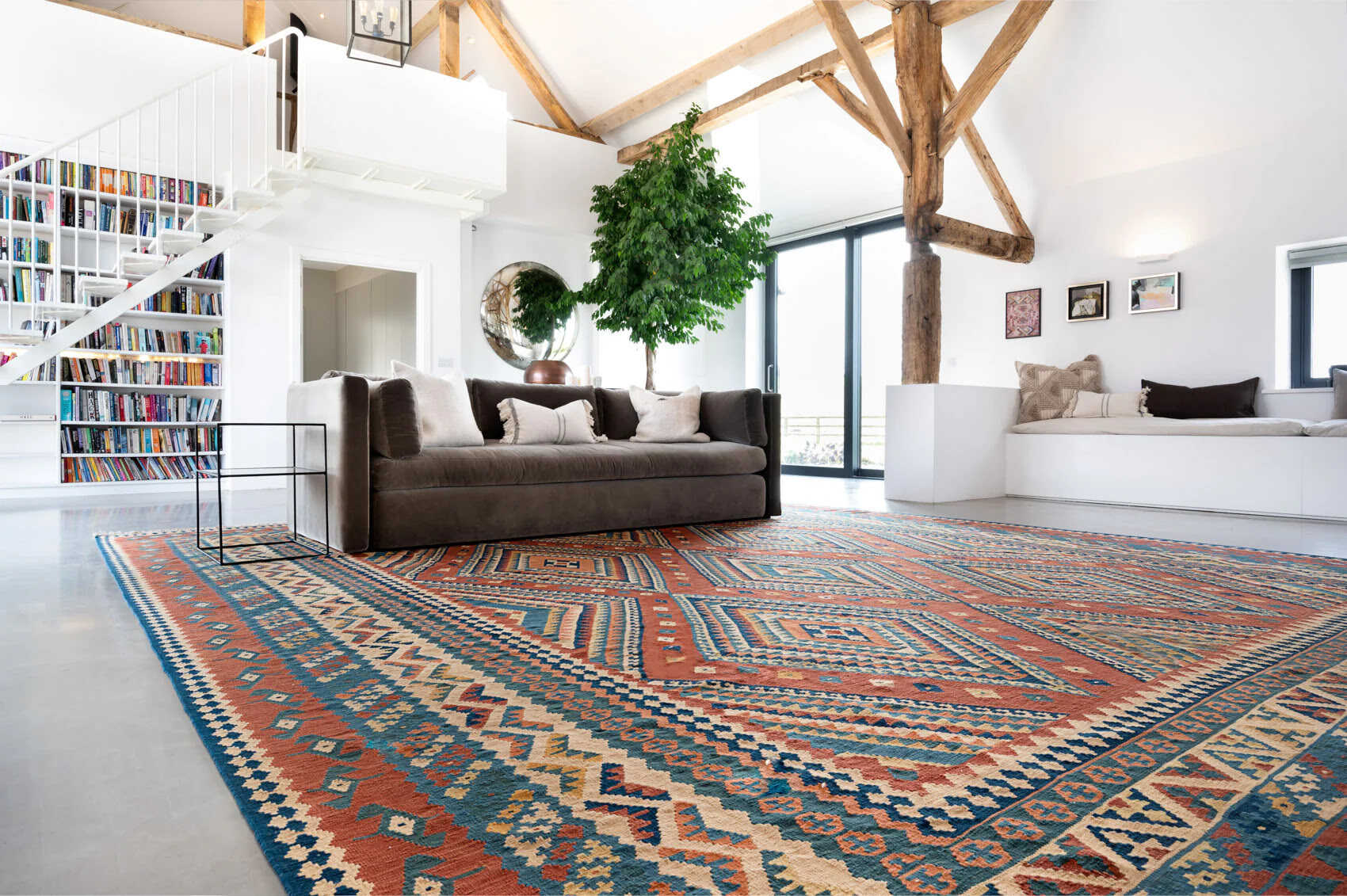
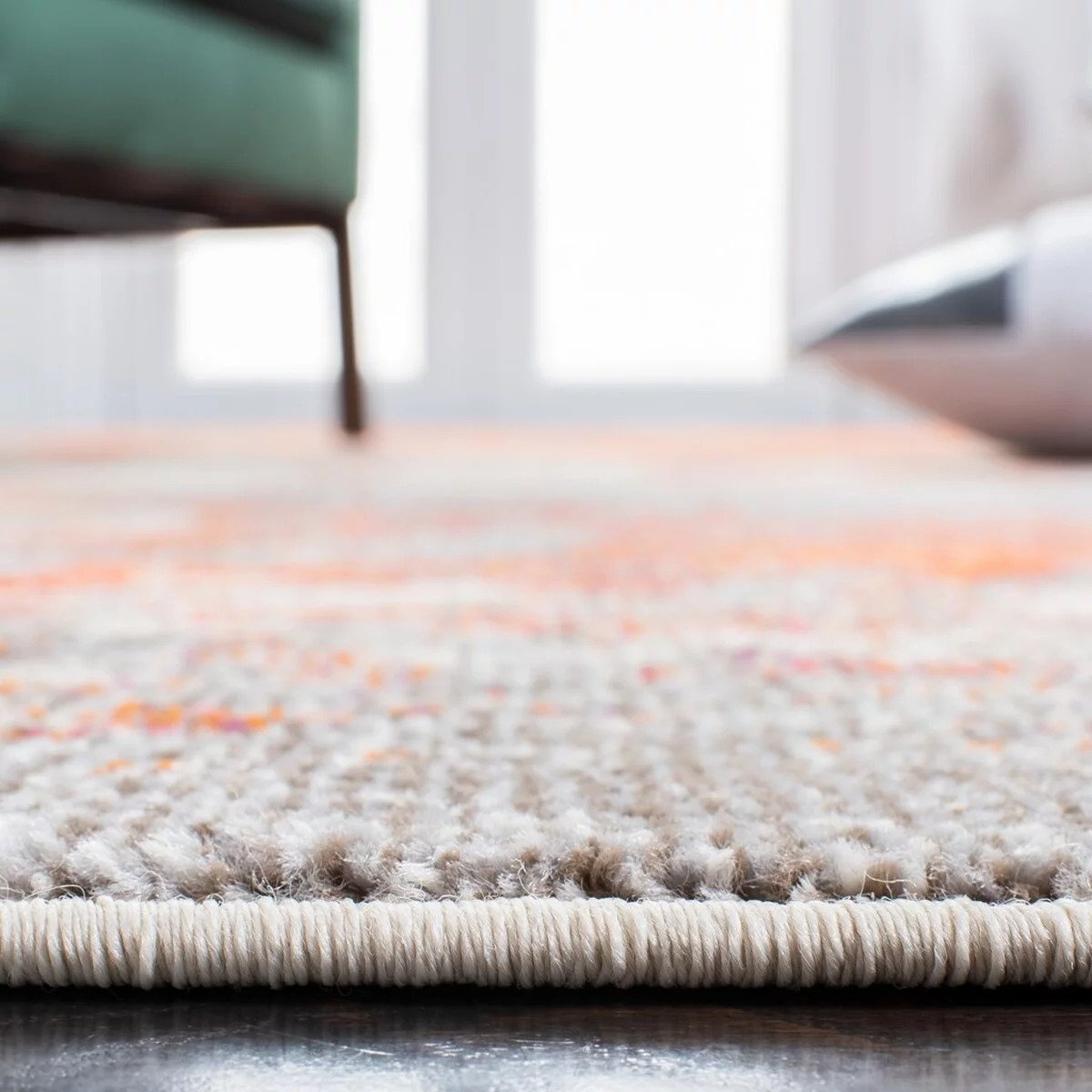
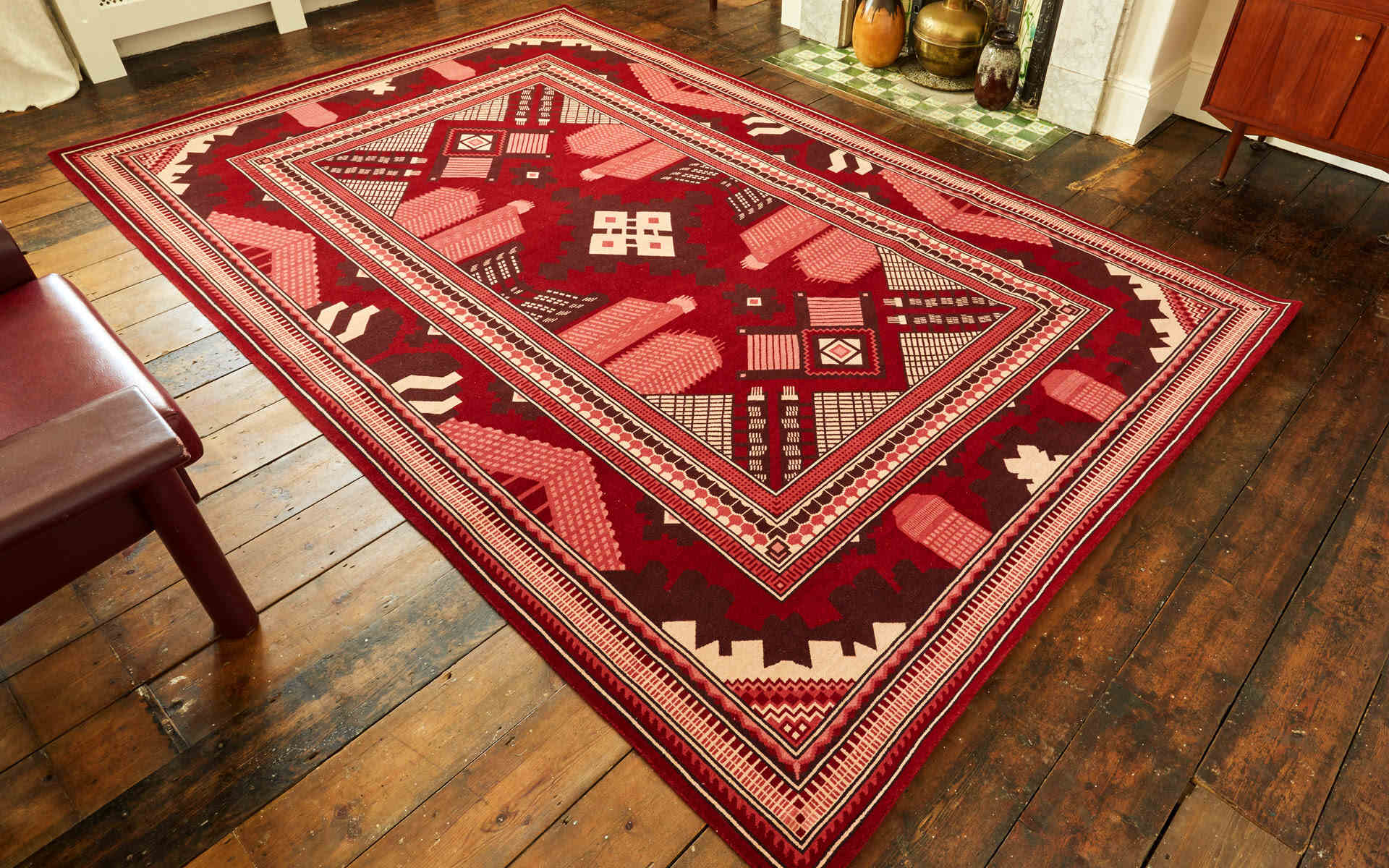
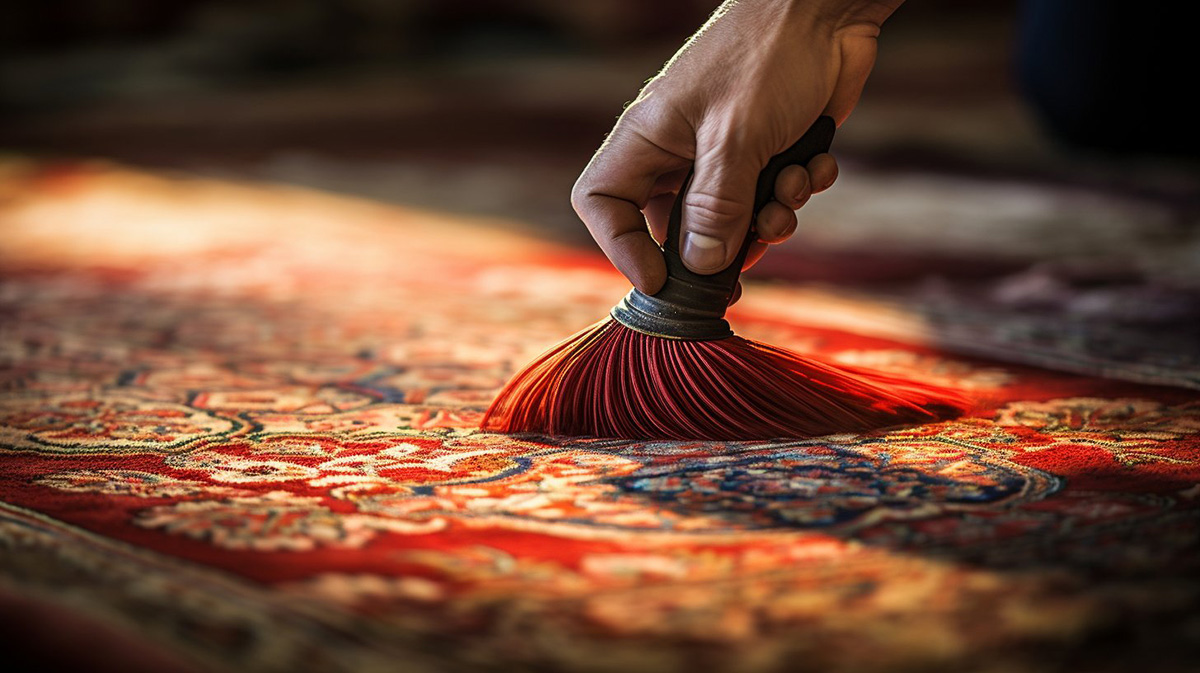
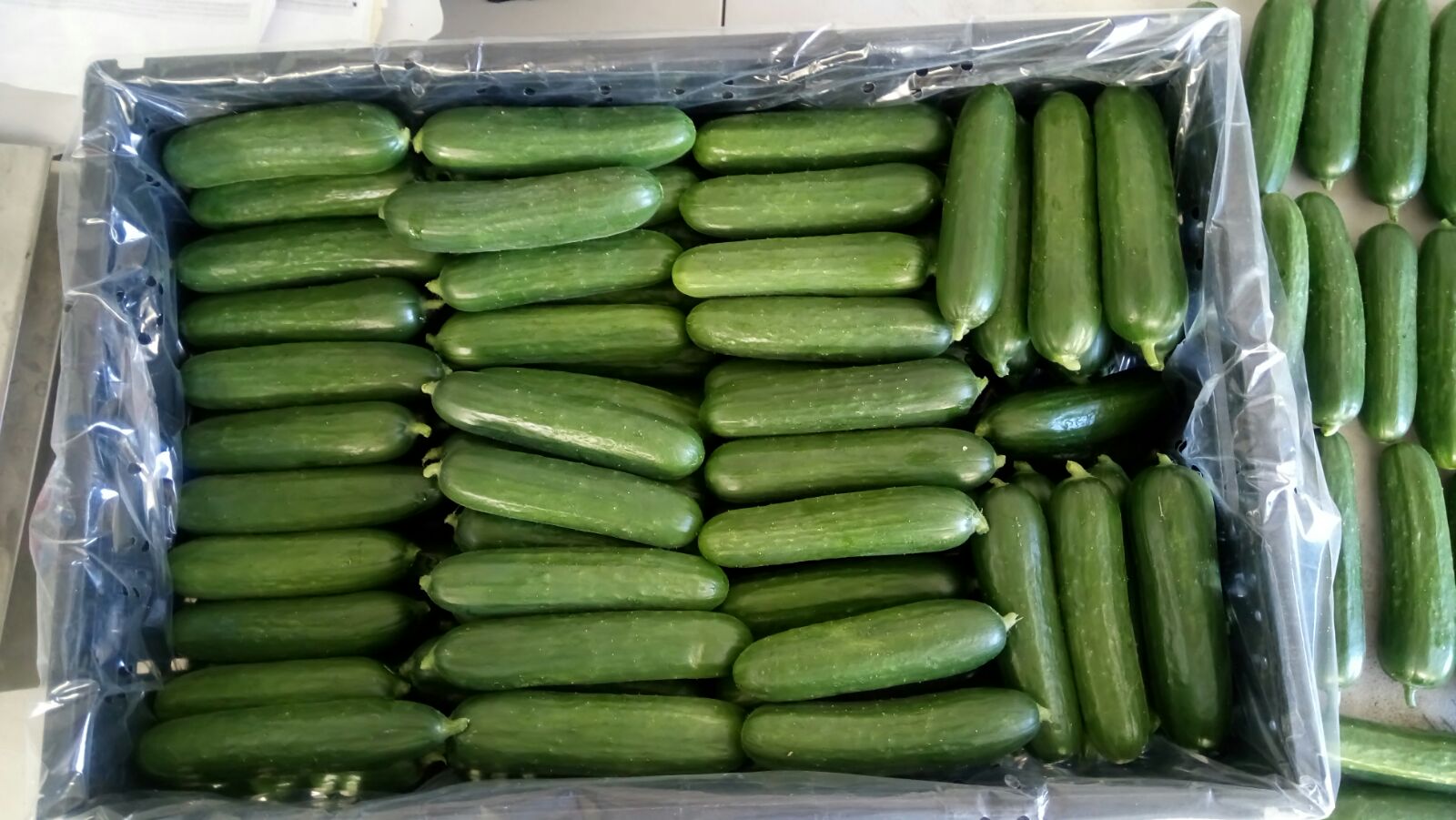
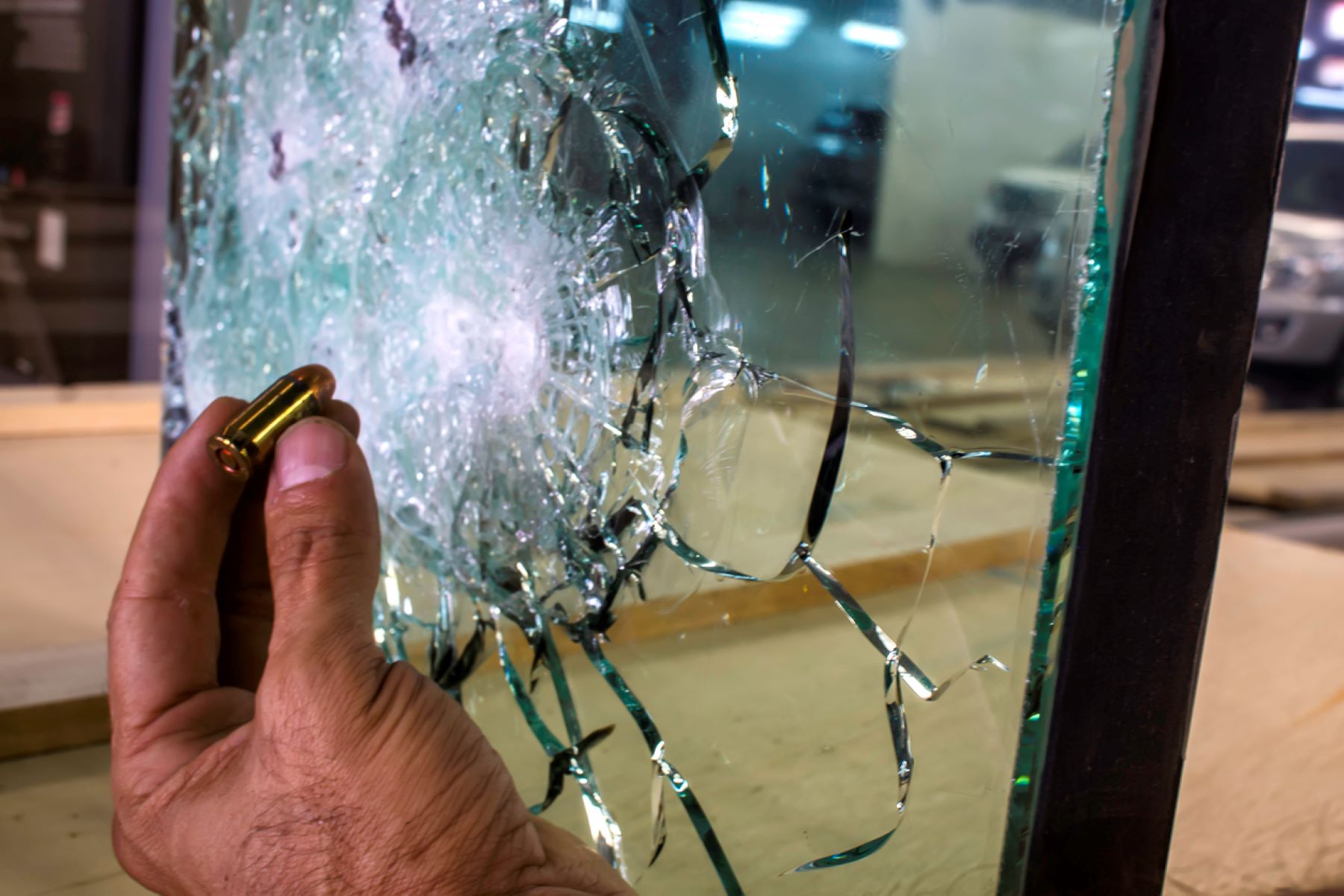
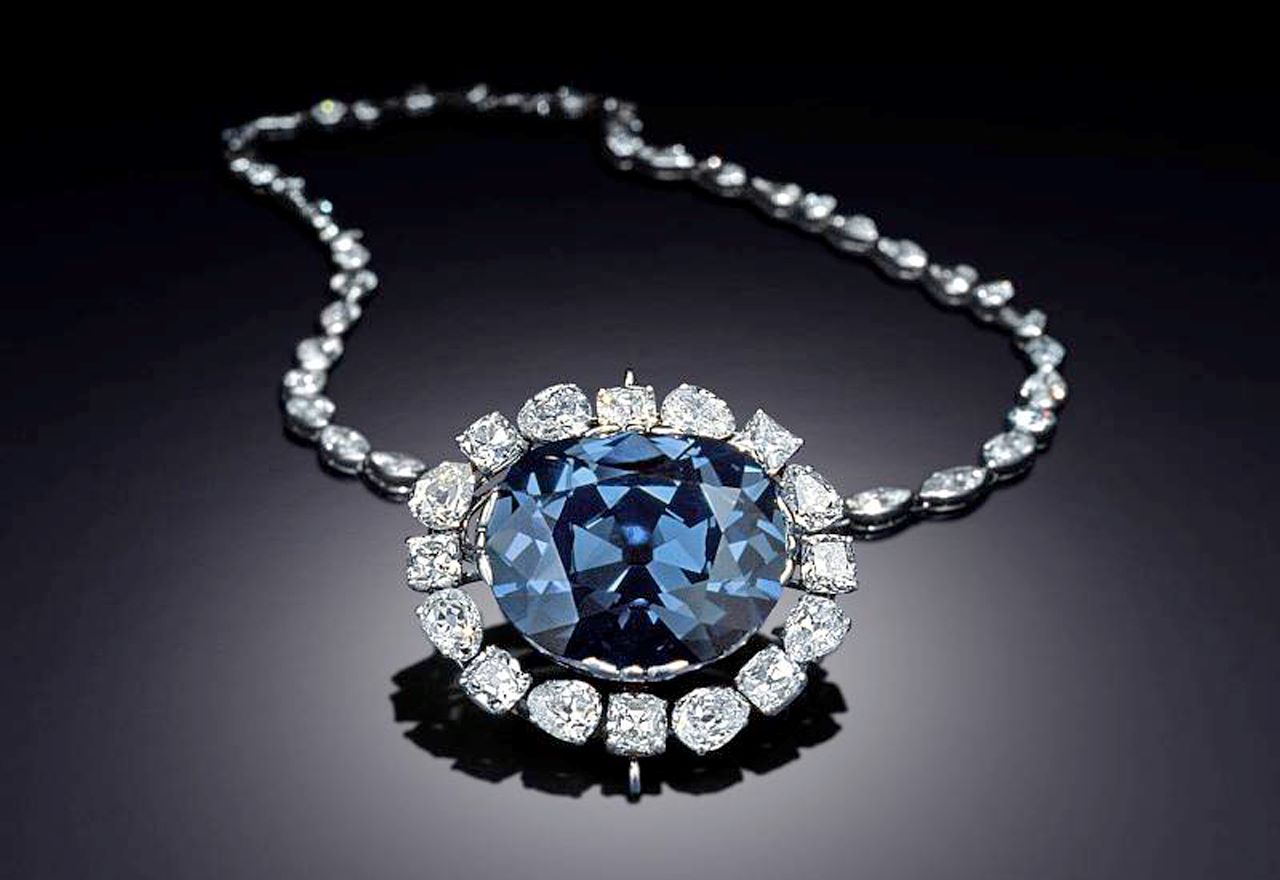
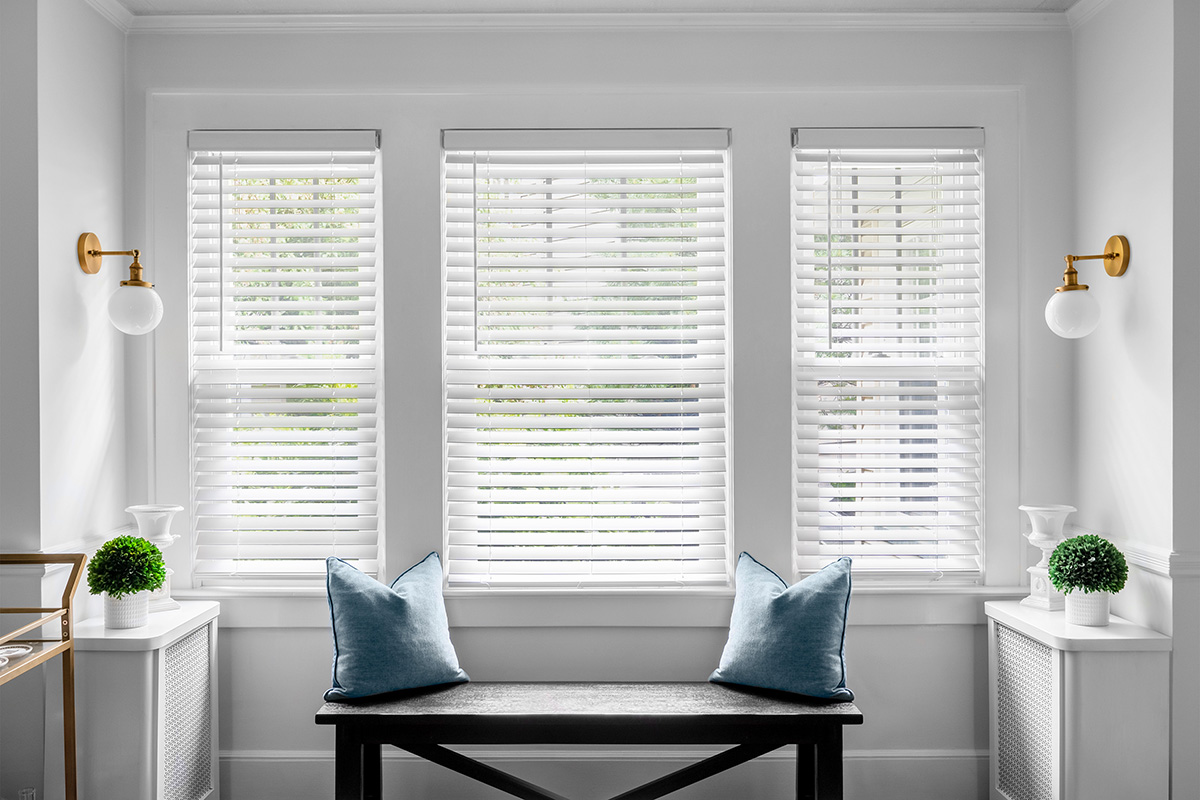

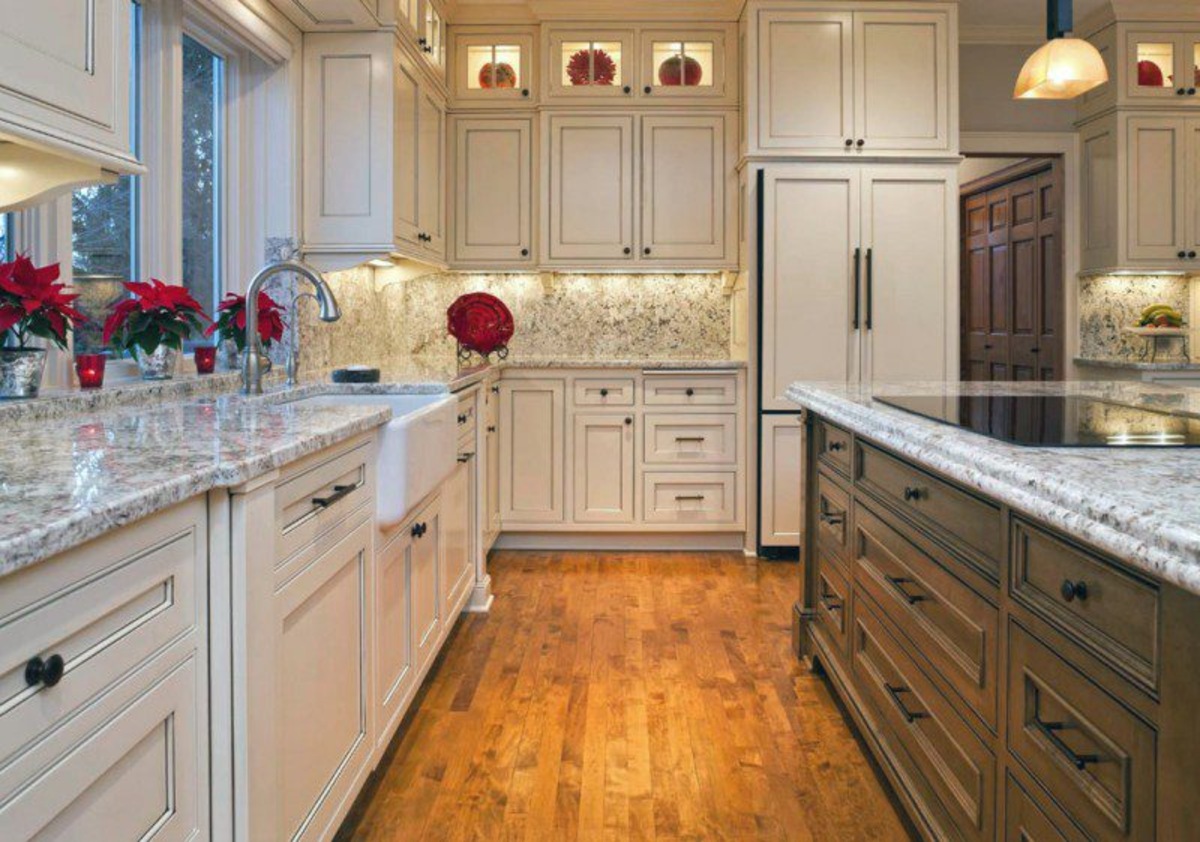

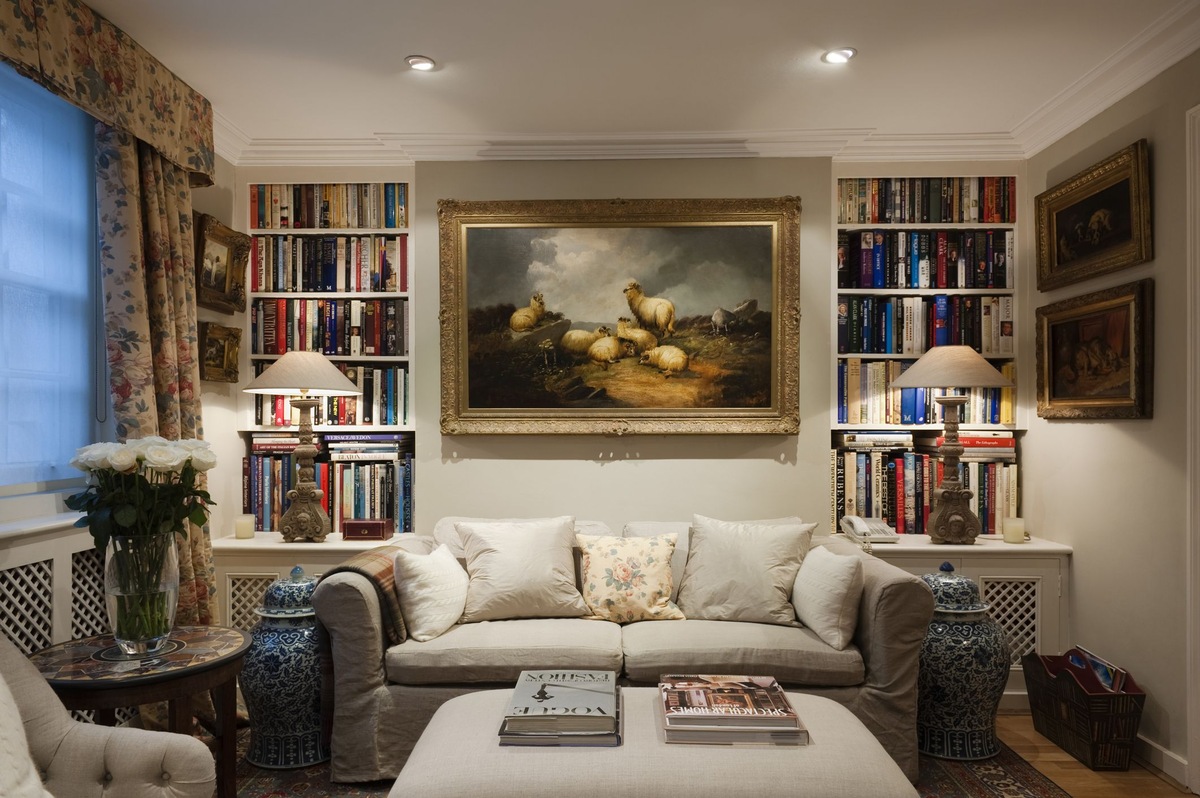
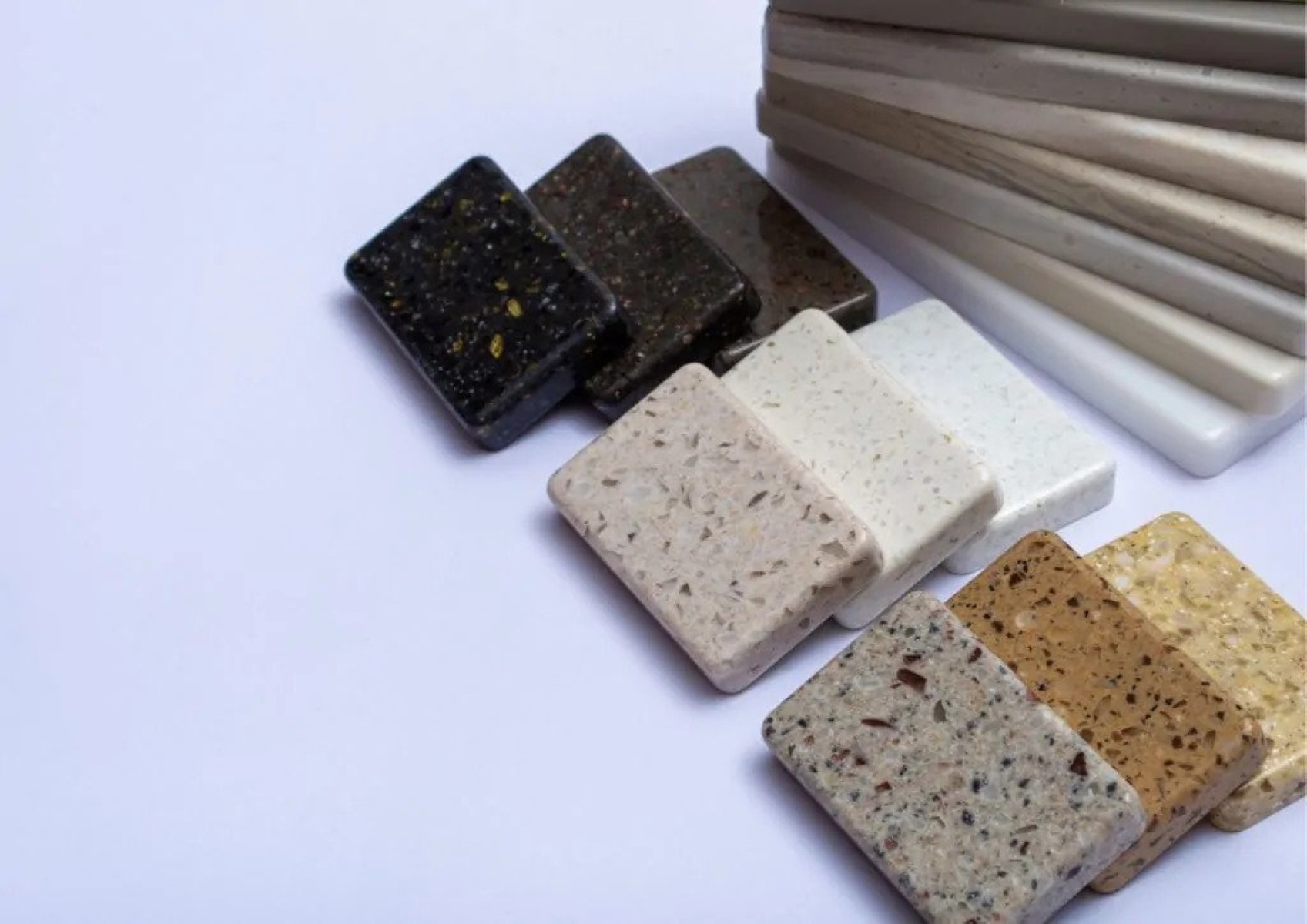

0 thoughts on “How Expensive Are Persian Rugs”